Posted on February 16, 2022
Updated on March 9, 2023
5 min read time
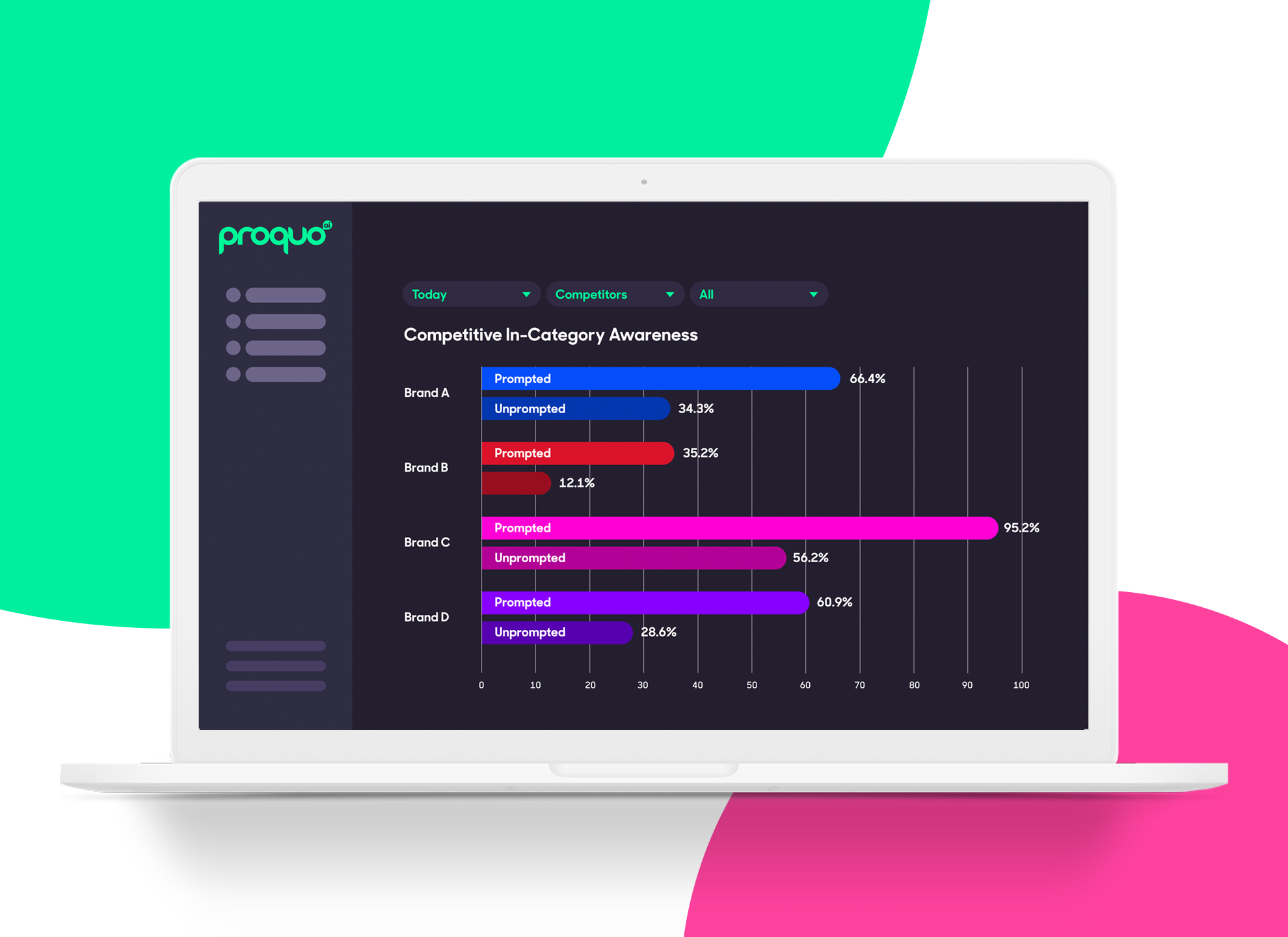
Lean into ugly brand growth.
When you start a new business, you don’t always expect it to be easy.
Yet so many Brand Managers expect brand growth to be a one-way street. The reality is that brand growth can get really ugly; it involves indecision, wrong turns and missteps.
The brands who lean into this reality the quickest will succeed the fastest. This involves acknowledging the fact that brand building is a game of cycles, embracing agility and responding quickly and proactively when there are warning signs that things might be heading south.
The traditional marketing growth model assumes that sales grow through a linear process, with someone converting from awareness of a brand to consideration, purchase, loyalty, and eventually, advocacy. It expects that, as you drive more and more prospects and customers through the funnel and sales grow, the overall feeling towards your brand – the brand sentiment of your audience - gets incrementally stronger.
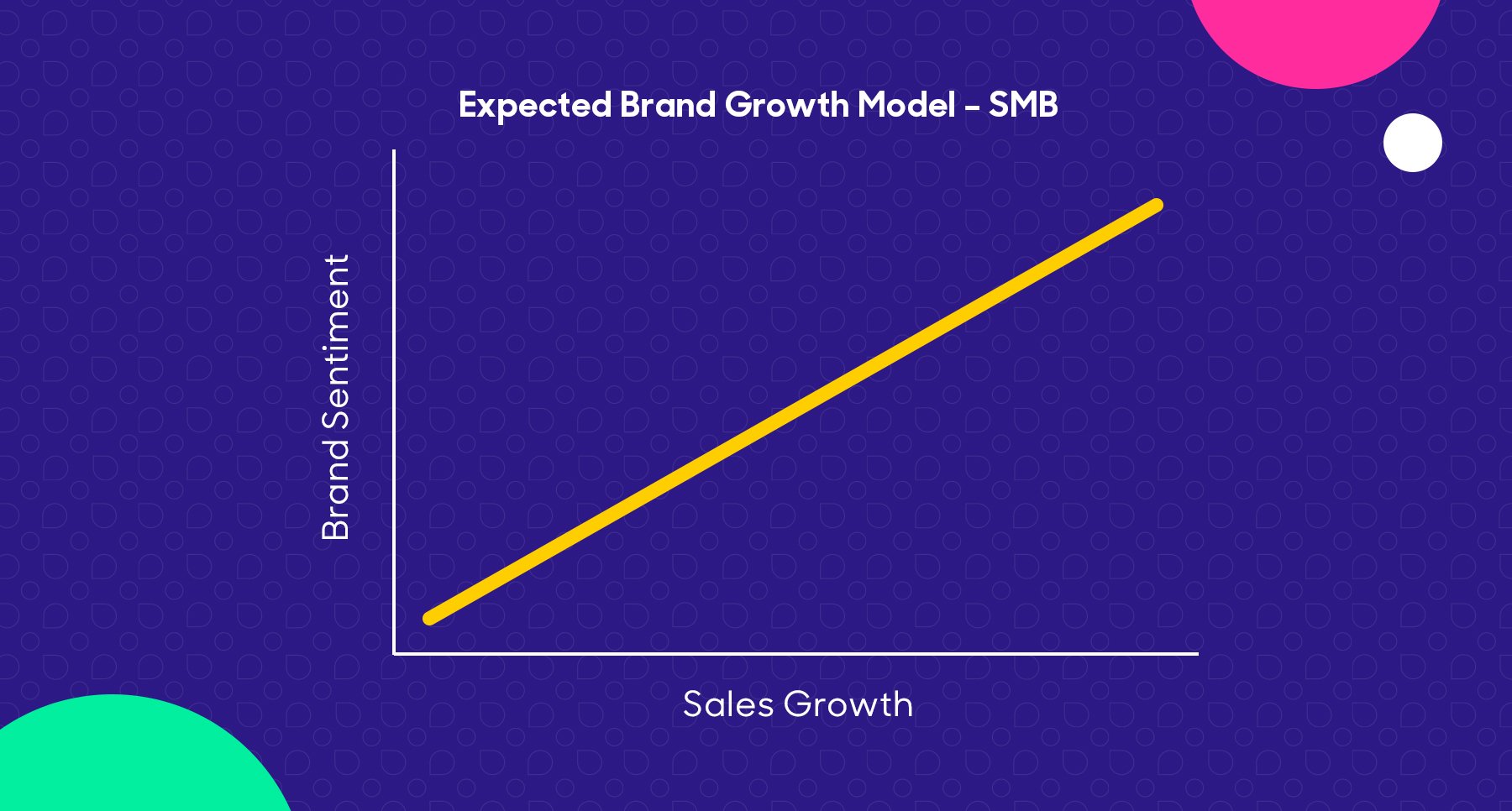
In reality, the sales process is not as ‘neat’ as a funnel, especially for FMCG brands. Rather than a funnel, the sales journey is more of a collision of active and passive consumer experiences, occurring across multiple channels, over time. Winning a customer once doesn’t necessarily make them yours.
In many categories, value has to be proven, re-defined and re-proven to keep a customer coming back, time and time again. Especially as the brand landscape has never been more competitive, so staying ahead of the ever-growing competition is more important than ever.
Gone are the days where mental (awareness) and physical (distribution) availability are the only levers of success. The world has moved past this and now everyone and everything has the potential to be a brand.
The route to market has also been democratized through cheaper and more accessible channels, like D2C and social media. Today, brands who build the strongest relationships with their customers stay the distance and position themselves better to fight off the ever growing and ever-changing competitive challenges.
The result of a non-linear sales cycle is that your brand sentiment scores might not always have the positive trajectory you expect. In fact, they will oscillate up and down over time as your brand, your customer and your category evolve.
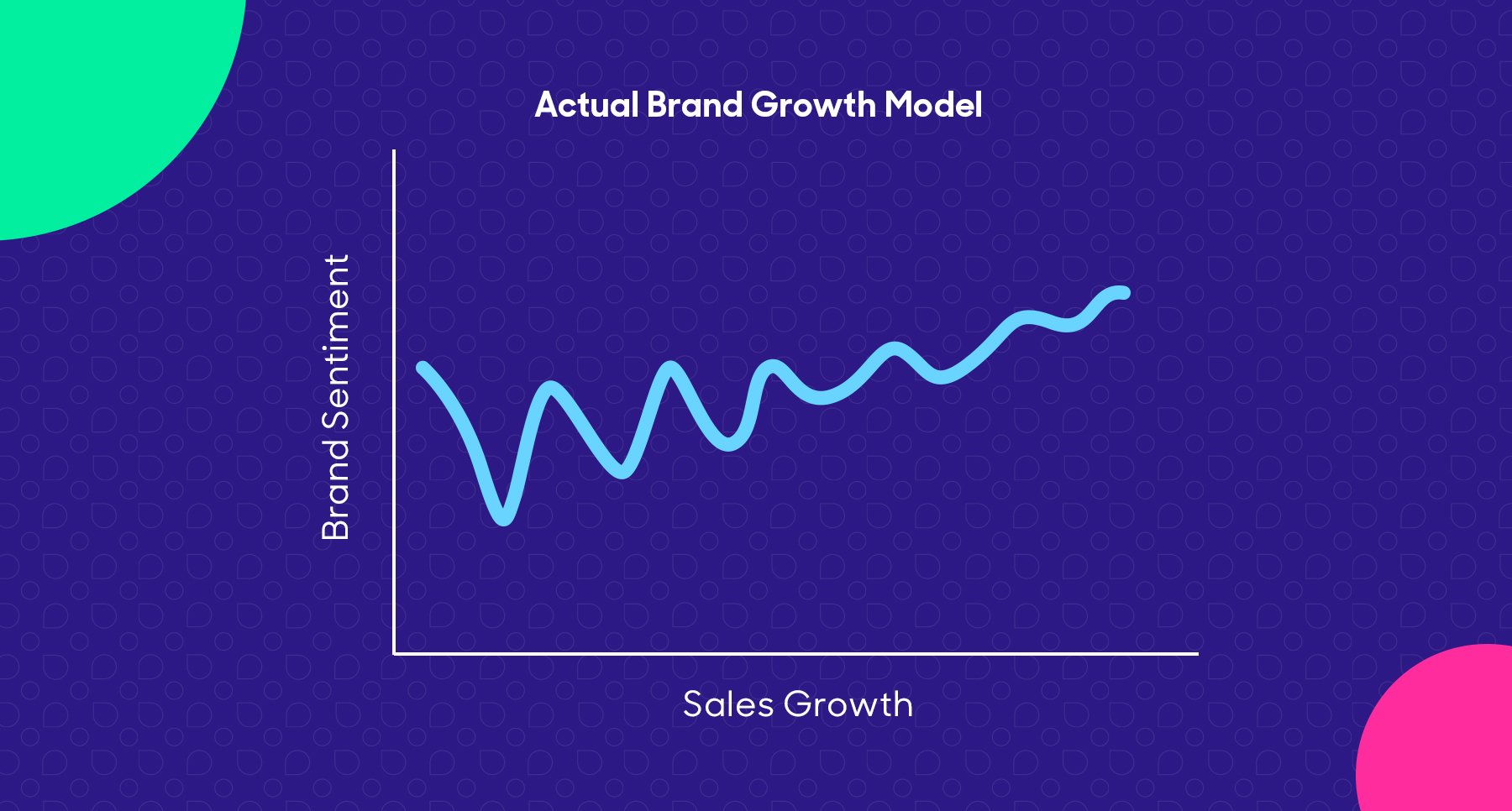
Brand Managers can get spooked by the spiky nature of brand sentiment and can perceive declining sentiment scores to be a failure; it’s one of the reasons that they become obsessed with an awareness metric; it tends to be slower moving, more predictable and ultimately, more likely to stay on an incrementally positive trajectory.
But, obsessing over awareness is a mistake. Awareness does not reflect how someone feels about your brand nor their likelihood to go buy your product.
Brand growth is ultimately cyclical and awareness is just one metric a brand should focus on if they are hoping to reach maturity. Just because you are aware of something, doesn’t mean you like it or are more inclined to give it a try. It's more important for Brand Managers to look at the strength of the relationship people have with their brand rather than obsessing only on the entry level metric of them knowing you exist.
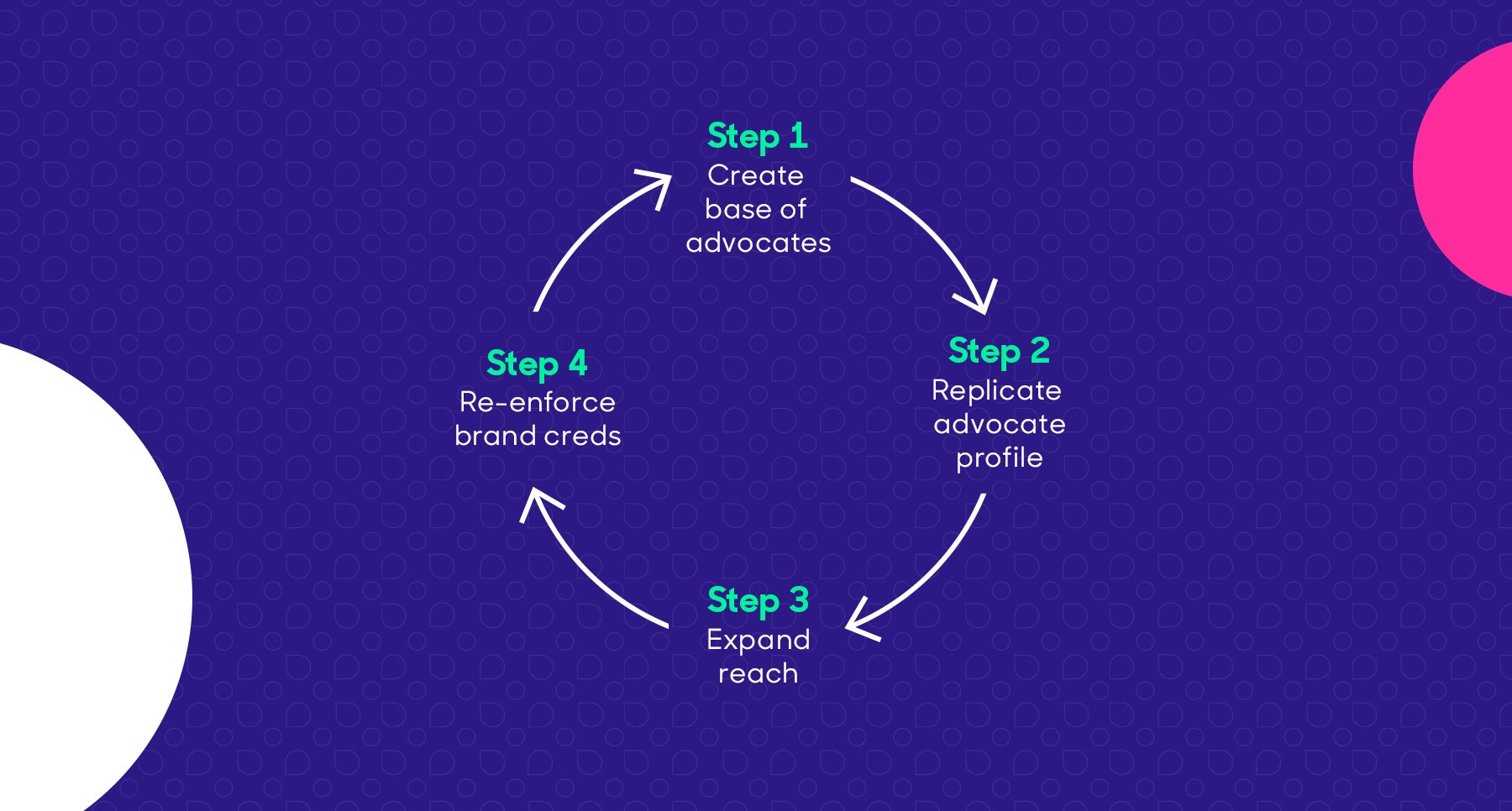
Phase 1: Create base of advocates
The early stages of brand development are all about finding a product that works for your target market. Brand reach (or brand awareness) will naturally be very low, but challengers who have a product that aligns with the needs of their target market have the potential to make a big impact on their early customers.
This tends to be why smaller brands are actually very competitive when it comes to their overall ProQuo score – that is, the strength of feeling that people have towards their brand.
In fact, you often see very small brands on ProQuo who are generating stronger relationships with consumers in their category compared to more established players. Their reach may be smaller, but the care and attention they have for their overall audience is often much more focused. They are solving a particular need of a tightly defined group, have found product-market fit and are building a relationship with their customers – a solid foundation from which to accelerate growth.
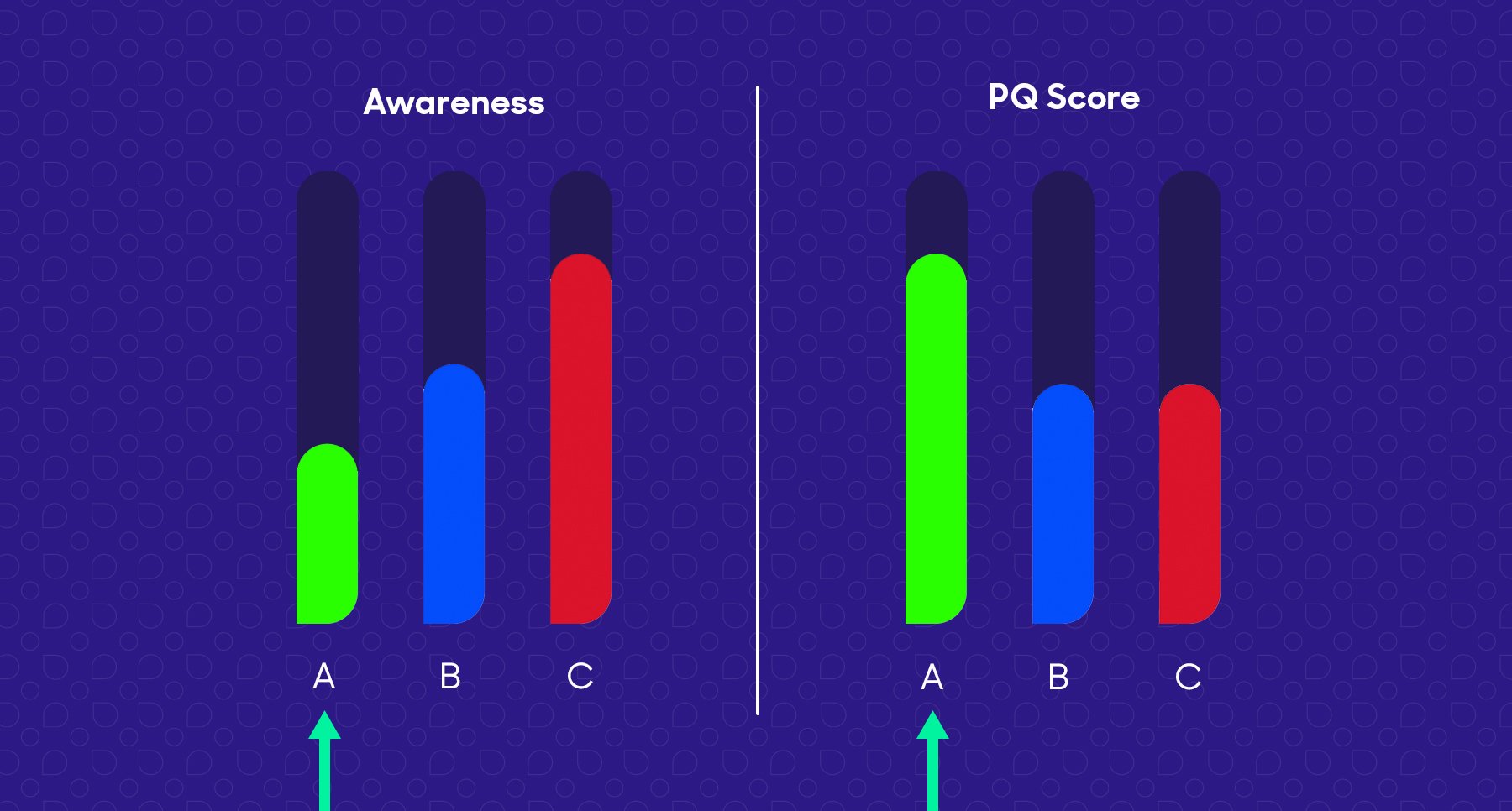
Phase 2: Replicate your advocate profile
Once product market fit is achieved, it’s time to find more of the same audience. Tight marketing budgets often means Brand Managers tend to focus on paid media and partnerships with like-minded brands at this phase. Targeted activities enable them to create the best possible clone of their early brand advocates and provides the foundations for early sales growth, an important precursor to widening distribution.
Brand awareness will start to grow and brand sentiment will likely hold steady. The issue is that growth is often not fast or ambitious enough to meet the brand’s lofty ambitions. The brand has proven that it has a product that works and that it can grow that product. But the pressure of investors looms and more accelerated growth is needed.
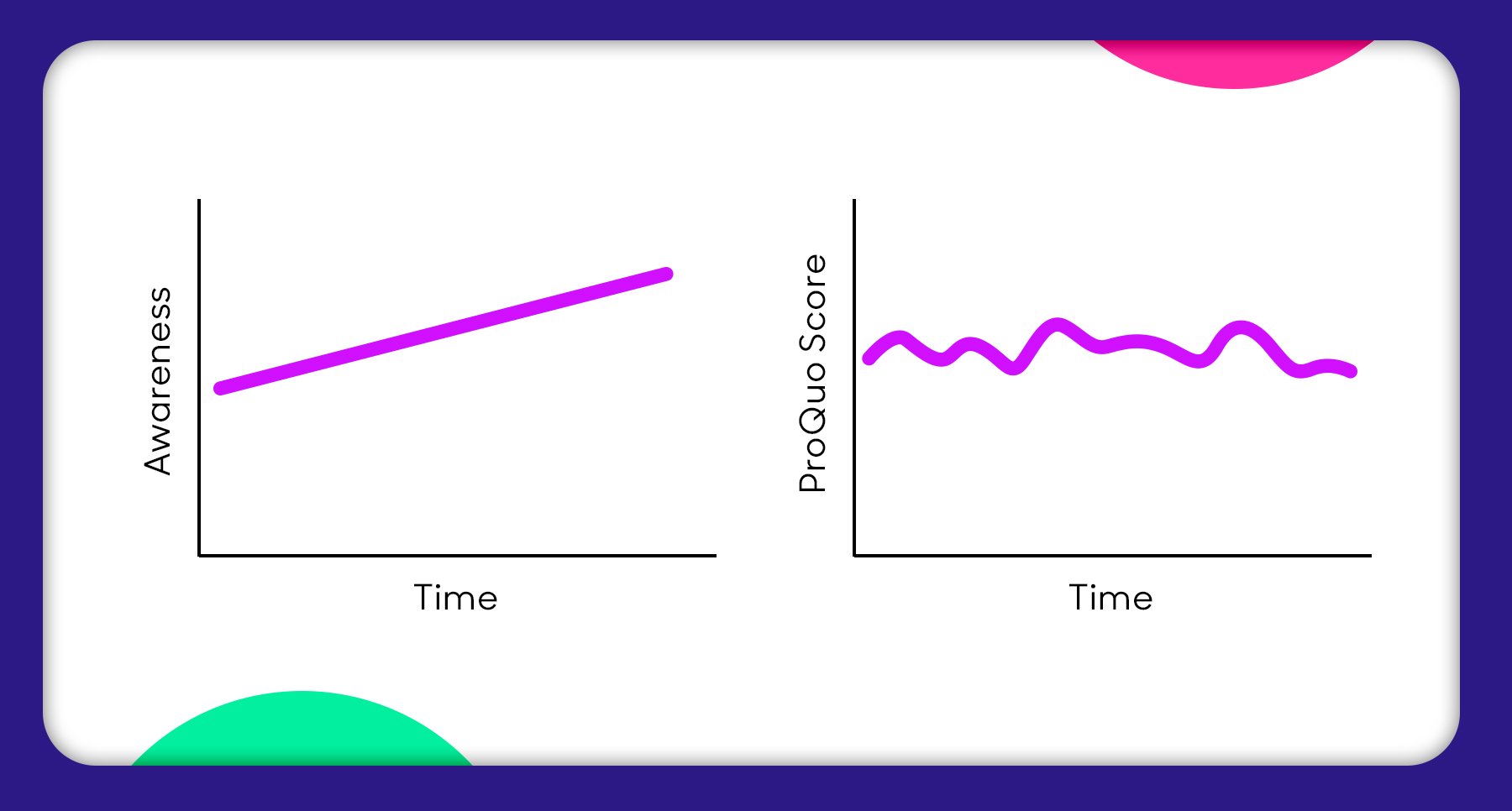
Phase 3: Expand your reach
The obvious way to do this is to get the product into the hands of as many people as possible. Focusing on sampling, distribution or above the line marketing tend to be the most frequently deployed tactics used by Brand Managers of CPG products to achieve this goal. The challenge with all of these is that they often expand the overall audience beyond the established brand audience.
While ambitions are amplified, unfortunately budgets are not. Stretched marketing dollars are ploughed into making retailer relationships successful, through pricing, promotion or in-store activations. Packaging is a key device here as it will likely be one of the few assets a Brand Manager can use to communicate their brand’s emotional and rational benefits.
Awareness of the brand might grow during this phase and there may even be a short-term jump in sales. But crucially, the way that the overall audience feels about the brand may in fact go down.
An expanded audience have looser ties with the brand and while their initial experiences may even have been very positive, it is unlikely that they have evoked as strong a reaction as the initial audience who have a more solid foundational relationship with the brand – they know the brand better and deeper.
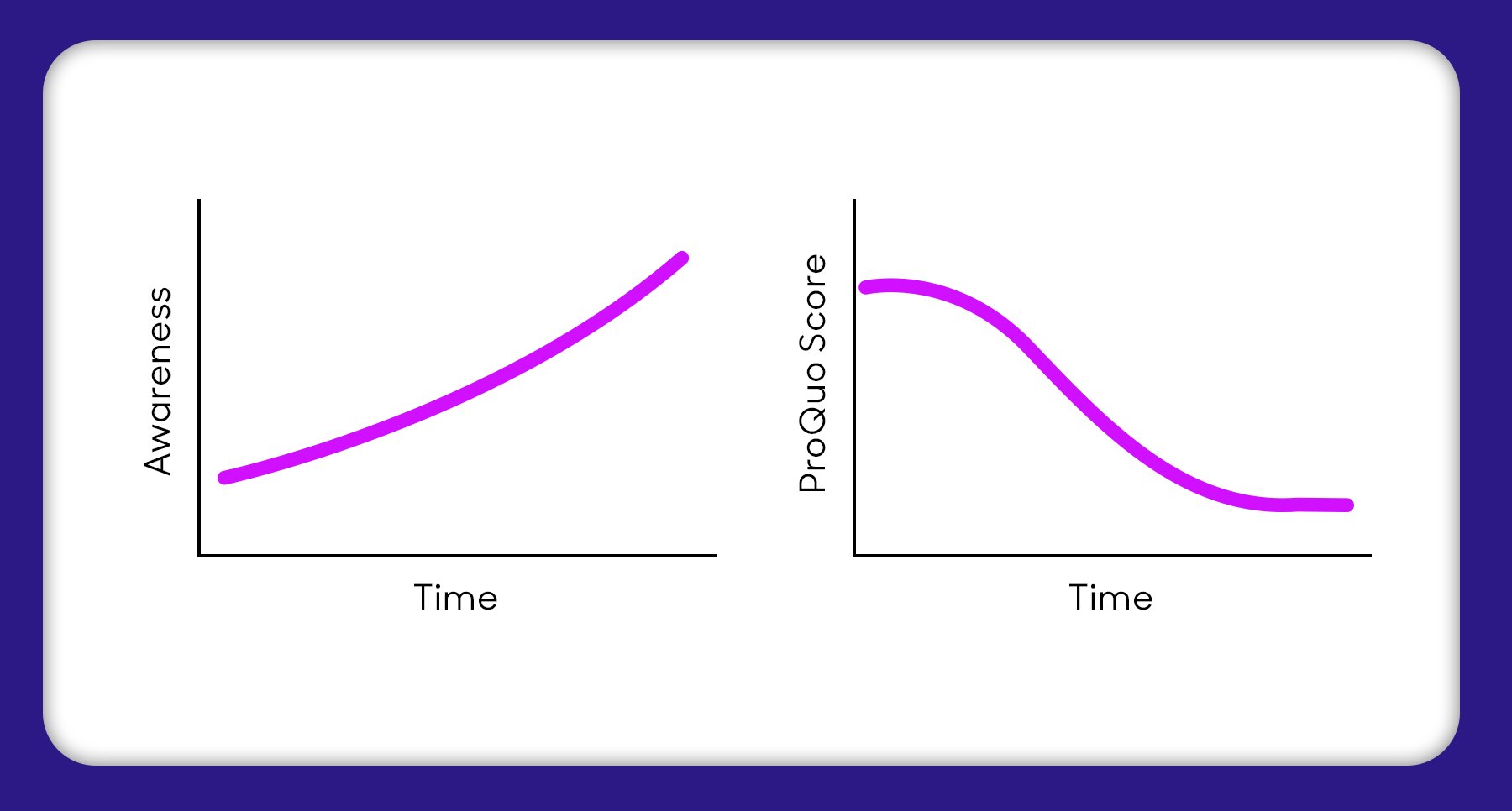
Phase 4: Re-enforce your brand credentials
Seduced by the spike in sales that increased distribution inevitably provides, Brand Managers often seek to repeat the same tactics. Typically, this involves hunting for new retailer relationships to accelerate brand awareness even further.
It can also involve a frenzied NPD strategy to keep existing retailer partners interested by driving rate of sale and bringing new shoppers to the category. This innovation strategy can be highly effective, but it will only be successful in the long run if each product in the portfolio plays a role in building the brand and its relationship with customers, rather than just driving sales.
Often, Brand Managers are too busy or under too much pressure from aggressive sales targets to consolidate their position among those who have recently become aware of their brand. After short term revenue gains, sales can start to decline, or growth isn’t as accelerated as it needs to be. Seasonality, changing buying behaviours, competitor strategies in response to the challenge, the list goes on… will all impact the brand’s abilities to drive revenues.
That’s why it’s so important to take note, in real-time, of low or declining brand perception to better understand if revenue success is here to stay. Reinforcing what the brand stands for with a focus on communications, adjusting the product to meet the needs of a wider audience, and a focus on customer experience are critical to improve the way the overall audience feels about the brand.
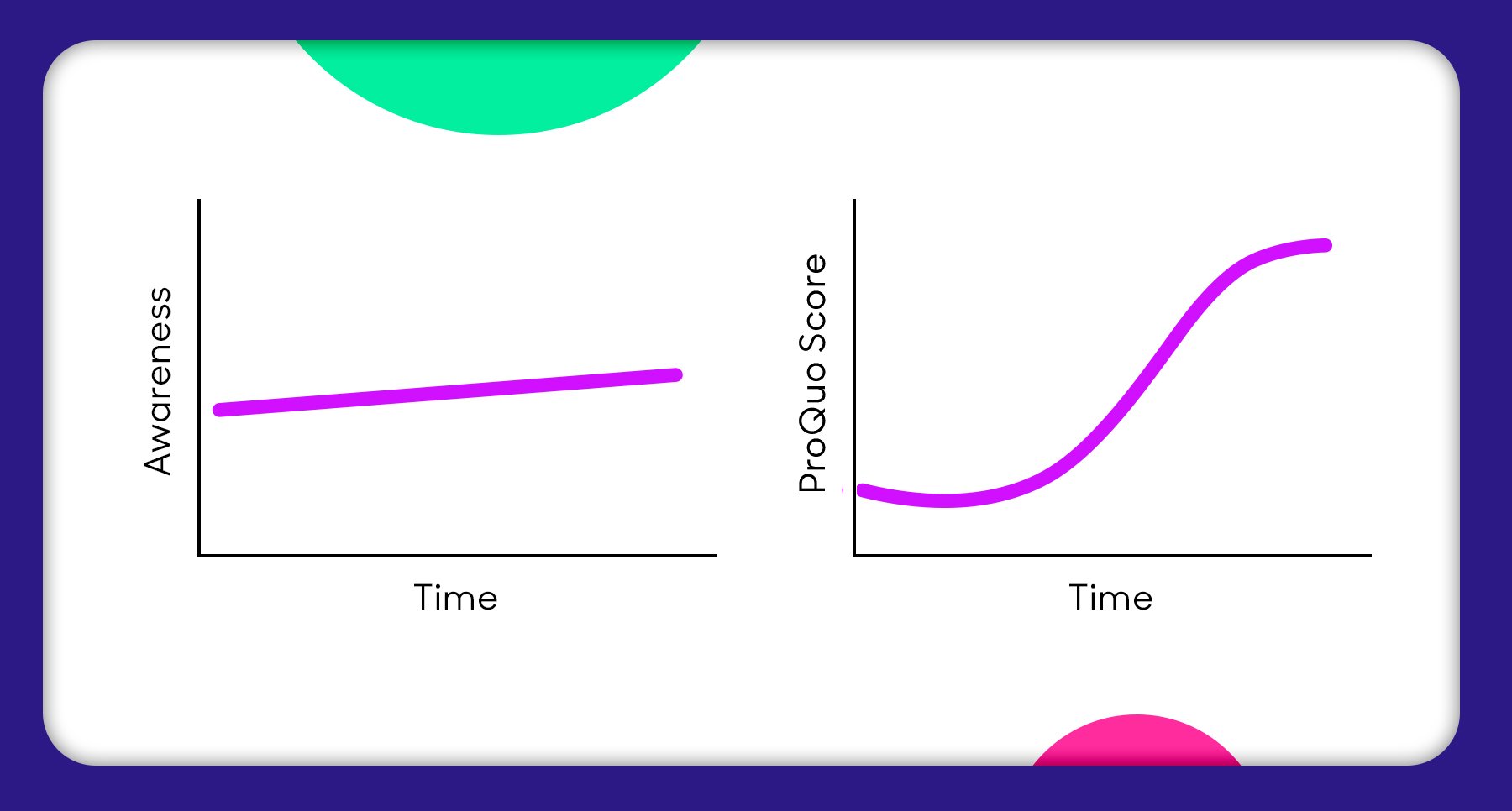
And repeat
Then, it’s time to repeat the process. Often, Brand Managers will miss the last stage in the cycle and will continue to focus on awareness driving activities. But if this last stage doesn’t happen, the sales growth model becomes shaped by a brand’s ability to find new sources of revenue, rather than a sustainable system which uses existing relationships as the basis.
As a brand reaches maturity, the oscillations in brand sentiment will become shallower and wider. Brand Managers of these brands tend to focus on the consolidation phase and have more budget to work on all phases of the cycle concurrently. Their prize is a more predictable and scalable sales model.
Brand sentiment can be used throughout the growth cycle to understand which strategy you need to deploy.
Is it time to expand your audience?
Or actually, do you need to spend time really getting the most out of your current consumers?
Lean into the ugly nature of brand growth and embrace those metrics - even if they’re heading south, it’s a natural part of the journey and an important signal of what you might need to focus on next.
And to find out the best way to monitor your brand’s growth, click here.
Our intelligent platform will take your brand further, faster.
Don’t believe us?
© 2020-2023 ProQuo AI International
All rights reservedWebsite by Blend